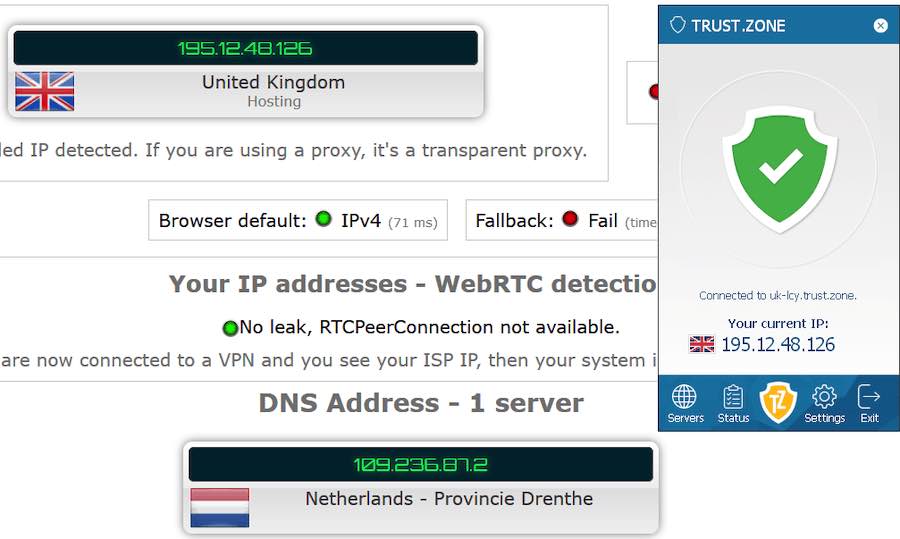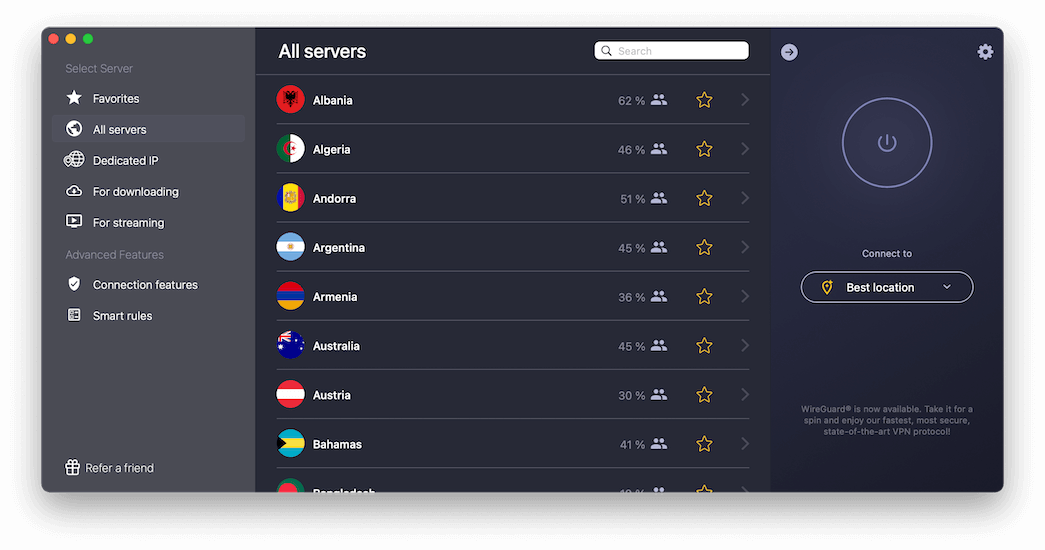
It is the best practice on how to use QBitTorrent anonymously with a qBittorrent VPN. Your first step is to visit their website using your secure QBitTorrent VPN connection. One of the beauties of this open-source software is that its development is carried out by volunteers and is rapidly progressing towards its aim of becoming a highly effective alternative to µTorrent. Downloading and installation using VPN for qBittorrent: These groups certainly do not have your interests at heart and as such, it pays to use a VPN for qBitTorrent. This is how to use QBitTorrent anonymously.įailure to do so will leave you at risk of being tracked or monitored by authorities and hackers alike. It is extremely important that you always secure your connection before surfing the net and entering the torrenting world. You can pick one from my recommendations below: The provider in question should clearly state and enforce a strict no-logging policy and be one that allows BitTorrent download to your torrent client with complete anonymity. You need to go for a torrent-friendly subscription that provides efficient VPN qBittorrent download and gives an instant, secure connection. That connection should be via a qBitTorrent VPN. Starting off on the right foot – Choose and use an appropriate qBitTorrent VPN:Īnyone serious about torrent downloading needs to achieve this through one preferred connection only.

Networksetup -setdnsservers $adapter emptyĪgain, if you already set your DNS servers, your OpenVPN connection will use those. # revert back to DHCP assigned DNS Servers

Networksetup -setdnsservers $adapter $vpndns

#!/bin/bash Set bash delimeter to be line breakĪdapters=`networksetup -listallnetworkservices |grep -v denotes`ĭnssvr=(`networksetup -getdnsservers $adapter`) if \ then This script specifies or clears (sets back to DHCP default) the DNS servers on each of the adapters listed in networksetup. Move along :) But if you rely on DHCP assigned DNS servers, the the script below will do the trick. If you use public network servers like 8.8.8.8 or 4.2.2.2, you're already set. The usual route of using /etc/nf does not work on OS X but specifying DNS servers in your Network Preferences does. It's been recommended to use scutil, but the scripts are crazy long and I've read the resolver order sometimes gets reset anyway.

For whatever reason, even if use DHCP on the VPN server, OS X won't use the assigned DNS server(s). There's a bit of a debate on how best to update your DNS resolver on Mac OS X when connecting to an OpenVPN Server.


 0 kommentar(er)
0 kommentar(er)
